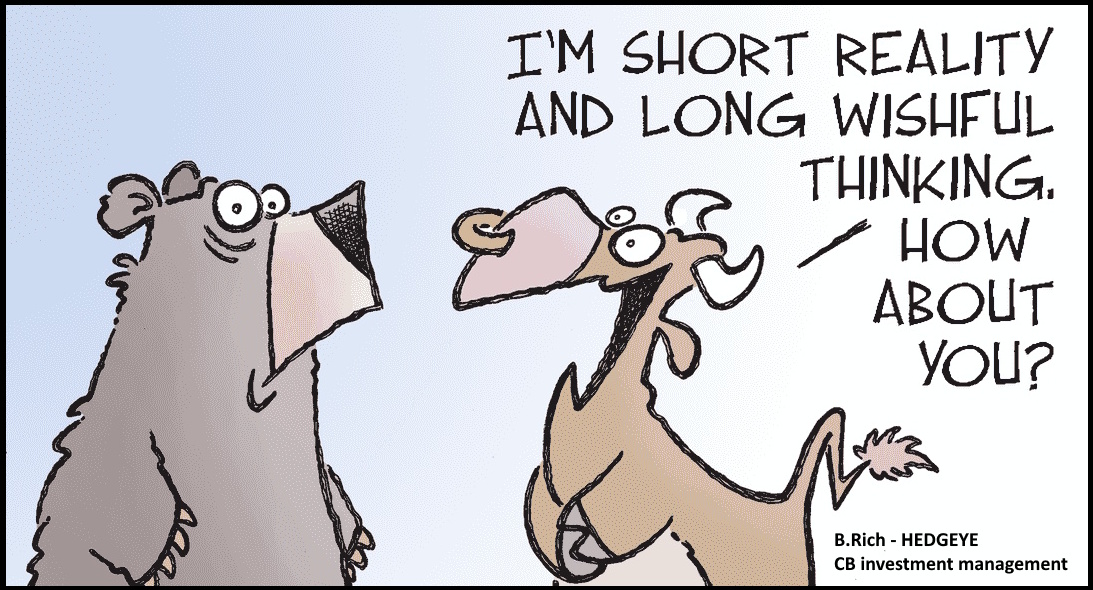It’s Harder Than You Think
by charles | Comments are closed02/18/2025
Too many people think investing is easy – Warren Buffett
Guest commentary: Jon Hirtle
Executive Chairman, Hirtle Callaghan
Most universities distribute about 4.5 to 5 percent of their endowment’s value each year to support school operations. The investment office therefore must earn a bare minimum 4.5 to 5 percent to maintain the nominal value of the endowment and its ability to support the university in perpetuity.
But what about purchasing power? Inflation whittles away at buying power or “real” value, so endowments add an inflation component to their earning targets. The average inflation rate since World War Two has been 3.65 percent, a cumulative price increase of 1,653.36%. So, 8 percent would seem to be the minimum return required.
But it’s not that simple. Schools have faced massive cost pressures for years. According to Mercer, “Over the past 40 years, the inflation rate in the US higher education space — as measured by the Commonfund Institute’s Higher Education Price IndexTM (HEPI) — has exceeded the headline inflation rate as measured by the Consumer Price Index (CPI) by almost 40% on a cumulative basis.”
Given this uncertainty, prudent endowment boards aim for returns that include some growth in the capital, at least another 1 percent a year on average to cover contingencies and development. All things considered – operating expenses, financial aid, growth, and the unexpected (Covid cost schools billions) – we think a 9 percent hurdle rate is a more realistic goal.
What to do?
Capital market theory assumes that “the greater the risk that an investment may lose money, the greater its potential for providing a substantial return. Setting aside the historically strong stock market returns over the last decade (and two bear markets in 2020 and 2022) , “since 1950, public stocks have, on average, produced about 6 percent over inflation with one major caveat, there’s lots of price volatility along the way. (Chart: S&P Historic Performance.)
Over that same time horizon, investment grade bonds have on average produced a scant 2 percent over inflation, albeit with far less volatility.
So why not hold 100 percent stock portfolios? The problem is the above-mentioned volatility. The stock market experiences dramatic price drops from time to time, destabilizing budgets and generally scaring the hell out of trustees.
How about adding bonds to dampen drawdowns? Not so fast. Investment grade bonds are indeed far less volatile, but with real returns of only 2 percent, not close to what institutions need.
The Capable, Independent Investment Office
Welcome to my world. How can we capture real endowment returns that exceed what is required while actively managing downside risk? Here’s how we look at it:
We source and select a myriad of compelling investments that complement each other by rising and falling in price at different times, then assemble them in a way that captures stock-market-like returns with something like bond market volatility.
This is no small task. It requires a team of experienced professionals collaborating closely and, ideally, working inside an independent investment office with substantial power.
Only the largest universities have the resources to support such an office. Most endowments and foundations do not. David Swensen described the choice as between “those that are set up to make high-quality active management decisions and those that aren’t.”
Governance Alpha
There is yet another challenge. When endowments fail to achieve their required return over time, the investment staff or the Investment Committee or both are accountable. “Alpha” is investment jargon for value added or subtracted by active investment decisions.
Governance Alpha is a term that we coined years ago to differentiate the impact of committee or CIO decisions from those made by underlying specialist money managers. Just like Manager Alpha, Governance Alpha can be either positive or negative.
When an endowment fails to earn its required return, it is most often the result of Governance Alpha, well-documented behavioral tendencies, present in all humans, which challenge retail investors and endowment committees alike.
For example, “Recency Bias” encourages committees to chase recent returns. Without a seasoned and savvy CIO with the power to check those tendencies, Governance Alpha often turns negative. That’s why a professional and independent investment operation is so important.
The OCIO solution
OCIO firms offer the proven performance of the best large institutional and family investment offices. And they have the resources, talent, structure, and process to deliver those required returns and cope with operational and regulatory burdens and the complexity of modern portfolios.
—Jon Hirtle
Read More »The 8% solution
by charles | Comments are closed02/03/2025
Activity is the enemy of investment returns —Warren Buffett
Endowment board members tell us their schools must earn at least eight percent on average to support operations and administration, student aid, and capital conservation. Unfortunately, that’s a tough nut to crack based on recent performance.
Only forty-two of the one-hundred-nineteen funds over one billion AUM in our latest FY2024 endowment performance report achieved eight percent or more over the most recent ten-year period. Roughly one third. The average return for the entire group was seven-point-seven percent.
Even worse, just one of twenty-two endowments between five hundred million and one billion in our report beat the eight percent hurdle. Sadly, those are usually the ones that most need the income.
NACUBO-Commonfund will publish their annual report in a few weeks and we will see how their endowment universe performed. But for FY 2023 NACUBO reported an average return of seven-point-seven percent net of fees for all participating schools. Not much has changed.
The NACUBO chart below shows the volatility of 10-yr returns year by year from 2002.
Here’s the problem: over the last three decades most large endowments have tried to mimic the “Yale model.” But there was only one David Swensen, and he was an outlier, a different thinker, a trailblazer and his first book was called Pioneering Portfolio Management for good reason. It was all new stuff. Forget public markets. Spend your time uncovering private opportunities with less visibility and more upside. And get in early.
The School of Swensen produced many top-flight acolytes, but the master is gone and the world has changed. Today that trail he cut through the wilderness has become a freeway and the endowment model is a very crowded trade. Let’s let Mr. Swensen explain the conundrum.
I figured out when I revised Pioneering Portfolio Management that the most important distinction isn’t between the institutional investor and the individual. It’s between those that are set up to make high-quality active management decisions and those that aren’t.
The investment management world is a strange place in that the right solution is not in the middle. The right solution is at one extreme or the other. One end of the spectrum is being intensively active. The other is being completely passive.
If you end up in the middle, which is where almost everybody is, you pay way too much in fees and end up getting subpar returns . . . The passive group is not nearly as big as it should be. Almost everybody should be there.
First level thinking
Read More »

